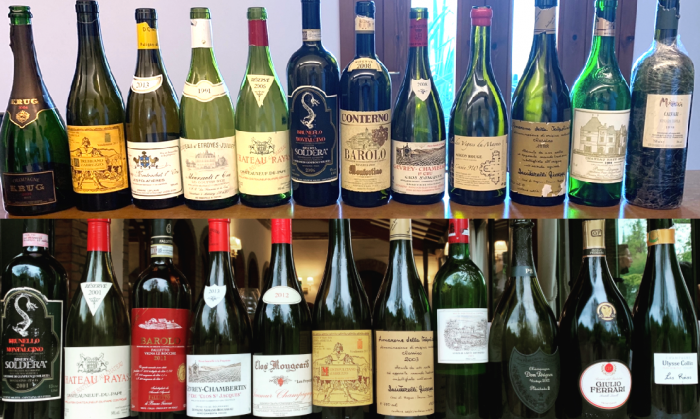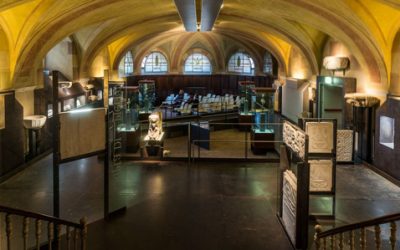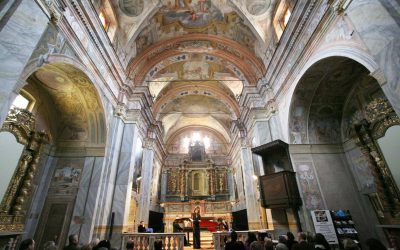Difference between Barolo and Bordeaux
Fine wines from around the world offer unique tasting experiences that transport us to their places of origin. Among them, two standout regions, Barolo in Italy and Bordeaux in France, produce wines that are acclaimed worldwide. These prestigious wines, despite sharing the spotlight on the global stage, exhibit prominent differences that define their identities. To truly appreciate their complexities, we delve into their differences, including the grape varieties used, the influence of terroir, the winemaking process, and the characteristics of the final products.
Difference between Barolo and Bordeaux
The primary difference between Barolo and Bordeaux lies in the grape varieties used and the regions where they are produced. Barolo wine is made from 100% Nebbiolo grapes in the Piedmont region of northwest Italy, particularly in the Langhe area. Its name derives from the town of Barolo, one of the key Barolo producing communes. Known for its high tannin content and acidity, Nebbiolo lends Barolo its characteristic complexity and longevity.
Bordeaux, on the other hand, is produced in the Bordeaux region in southwest France. It is a blended wine, typically using a mix of Cabernet Sauvignon, Merlot, and Cabernet Franc for red Bordeaux. Unlike Barolo, Bordeaux wines tend to exhibit more variety in taste and aroma because of the blend of different grape varieties.
Tasting Notes and Aging Potential
Another significant difference between Barolo and Bordeaux lies in their tasting profiles and aging potentials. Barolo is renowned for its powerful and robust character with high tannins and acidity. The wine’s tasting notes often include flavors of cherries, tar, roses, and truffles, evolving towards prunes, leather, and spice as it ages. Barolo wines require long aging to soften their intense tannins, and premium Barolo can age gracefully for several decades.
In contrast, the taste of Bordeaux wines can vary greatly depending on the blend and terroir, ranging from fruity and supple to rich and full-bodied. Typically, red Bordeaux exhibits flavors of blackcurrant, plum, graphite, and cedar, with notes of tobacco, leather, and spice developing with age. While Bordeaux wines also have great aging potential, many are approachable at a younger age compared to Barolo.
Understanding the Key Differences: Barolo and Bordeaux
At the most basic level, Barolo and Bordeaux differ in their primary grape varieties. Barolo is produced exclusively from Nebbiolo grapes, a red variety known for its bold tannins, high acidity, and distinctive aromas of rose and cherry. Bordeaux, on the other hand, is primarily composed of Merlot and Cabernet Sauvignon, creating blends with complex flavors and softer tannins compared to Barolo.
The Grapes Behind the Fame: Nebbiolo vs. Cabernet Sauvignon and Merlot
The backbone of Barolo, the Nebbiolo grape, delivers a powerful, full-bodied wine with high tannins and acidity, allowing it to age beautifully for many years. In contrast, Bordeaux wines depend on the blending of various grape varieties, including Merlot and Cabernet Sauvignon, which offer a balance of fruitiness and structure, resulting in a wine that can also age well but generally has a more approachable profile.
Unveiling the Terroir: Piedmont vs. Bordeaux
The terroir, or the environmental conditions where the grapes are grown, plays a significant role in the character of both Barolo and Bordeaux wines. Piedmont, the home of Barolo, is characterized by its foggy climate and limestone-rich soils, contributing to the wine’s complex flavors. Bordeaux’s vineyards, spread across a vast region, enjoy a temperate maritime climate, diverse soil compositions, and the influence of two major rivers, the Garonne and the Dordogne.
Barolo vs Bordeaux: Conclusion and Personal Preference
In conclusion, both Barolo and Bordeaux offer distinct, high-quality wine experiences that are shaped by their unique terroirs, grape varieties, winemaking practices, and aging processes. The choice between Barolo and Bordeaux ultimately comes down to personal preference. For those who enjoy full-bodied wines with strong tannins and high acidity that age beautifully, Barolo may be the choice. However, for those who prefer more diversity in their wine choices, the Bordeaux region, with its variety of red and white wines, could be more appealing. Whether you’re a seasoned connoisseur or a budding wine enthusiast, exploring both Barolo and Bordeaux wines promises a rich, unforgettable journey of taste and aroma.






